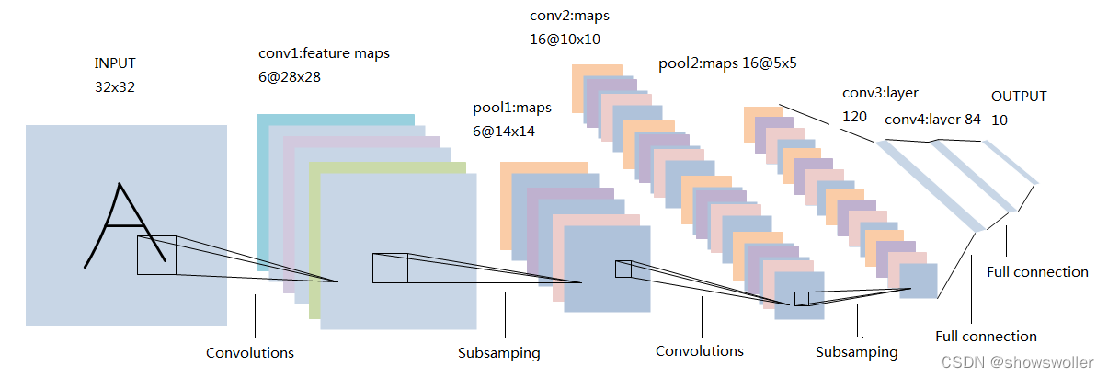OpenCV图像二值化算法进化史:从传统方法到深度学习,见证图像处理技术的飞跃
发布时间: 2024-08-09 05:33:37 阅读量: 33 订阅数: 17 


# 1. 图像二值化的基本原理和应用
图像二值化是将灰度图像转换为二值图像(仅包含黑色和白色像素)的过程。它在图像处理中广泛应用于对象分割、字符识别和医疗成像等领域。
二值化的基本原理是根据像素的灰度值将其分为两类:前景和背景。前景像素通常对应于感兴趣的对象,而背景像素则对应于图像中的其他部分。通过设置一个阈值,可以将像素分类为前景或背景。
图像二值化的应用非常广泛,包括:
* **对象分割:**将图像中的对象与背景分离开来。
* **字符识别:**将文本图像中的字符与背景分离开来,以便进行识别。
* **医疗成像:**增强医学图像中的感兴趣区域,例如肿瘤或血管。
# 2. 传统图像二值化算法
传统图像二值化算法是一种基于像素灰度值将图像转换为二值图像的方法。它主要分为固定阈值法和自适应阈值法两大类。
### 2.1 固定阈值法
固定阈值法是最简单的图像二值化算法,它使用一个固定的阈值来将图像中的像素分类为前景和背景。
#### 2.1.1 全局阈值法
全局阈值法使用一个单一的阈值来处理整个图像。它将所有灰度值大于或等于阈值的像素分类为前景,而将所有灰度值小于阈值的像素分类为背景。
```python
import cv2
import numpy as np
# 读取图像
image = cv2.imread('image.jpg')
# 转换为灰度图像
gray_image = cv2.cvtColor(image, cv2.COLOR_BGR2GRAY)
# 设置全局阈值
threshold = 128
# 二值化图像
binary_image = cv2.threshold(gray_image, threshold, 255, cv2.THRESH_BINARY)[1]
# 显示二值化图像
cv2.imshow('Binary Image', binary_image)
cv2.waitKey(0)
cv2.destroyAllWindows()
```
**代码逻辑逐行解读:**
1. 读取图像并转换为灰度图像。
2. 设置全局阈值。
3. 使用 `cv2.threshold` 函数进行二值化,其中 `threshold` 参数指定了阈值。
4. 显示二值化图像。
**参数说明:**
* `cv2.threshold` 函数的第一个参数是灰度图像。
* `cv2.threshold` 函数的第二个参数是阈值。
* `cv2.threshold` 函数的第三个参数是二值化后前景像素的值。
* `cv2.threshold` 函数的第四个参数指定了二值化方法,`cv2.THRESH_BINARY` 表示将灰度值大于或等于阈值的像素设置为前景,其余像素设置为背景。
#### 2.1.2 局部阈值法
局部阈值法使用不同的阈值来处理图像的不同区域。它可以更好地处理图像中具有不同亮度区域的情况。
```python
import cv2
import numpy as np
# 读取图像
image = cv2.imread('image.jpg')
# 转换为灰度图像
gray_image = cv2.cvtColor(image, cv2.COLOR_BGR2GRAY)
# 计算局部阈值
local_threshold = cv2.adaptiveThreshold(gray_image, 255, cv2.ADAPTIVE_THRESH_GAUSSIAN_C, cv2.THRESH_BINARY, 11, 2)
# 二值化图像
binary_image = cv2.threshold(gray_image, local_threshold, 255, cv2.THRESH_BINARY)[1]
# 显示二值化图像
cv2.imshow('Binary Image', binary_image)
cv2.waitKey(0)
cv2.destroyAllWindows()
```
**代码逻辑逐行解读:**
1. 读取图像并转换为灰度图像。
2. 使用 `cv2.adaptiveThreshold` 函数计算局部阈值。
3. 使用 `cv2.threshold` 函数进行二值化,其中 `local_threshold` 参数指定了局部阈值。
4. 显示二值化图像。
**参数说明:**
* `cv2.adaptiveThreshold` 函数的第一个参数是灰度图像。
* `cv2.adaptiveThreshold` 函数的第二个参数是二值化后前景像素的值。
* `cv2.adaptiveThreshold` 函数的第三个参数指定了局部阈值计算方法,`cv2.ADAPTIVE_THRESH_GAUSSIAN_C` 表示使用高斯加权平均来计算局部阈值。
* `cv2.adaptiveThreshold` 函数的第四个参数指定了二值化方法,`cv2.THRESH_BINARY` 表示将灰度值大于或等于阈值的像素设置为前景,其余像素设置为背景。
* `cv2.adaptiveThreshold` 函数的第五个参数指定了局部阈值窗口的大小。
* `cv2.adaptiveThreshold` 函数的第六个参数指定了局部阈值计算中减去的常数。
### 2.2 自适应阈值法
自适应阈值法根据图像中像素的局部环境来调整阈值。它可以更好地处理图像中具有不均匀亮度的情况。
#### 2.2.1 局部自适应阈值法
局部自适应阈值法使用图像中每个像素周围的局部区域来计算阈值。
```python
import cv2
import numpy as np
# 读取图像
image = cv2.imread('image.jpg')
# 转换为灰度图像
gray_image = cv2.cvtColor(image, cv2.COLOR_BGR2GRAY)
# 计算局部自适应阈值
local_adaptive_threshold = cv2.adaptiveThreshold(gray_image, 255, cv2.ADAPTIVE_THRESH_MEAN_C, cv2.THRESH_BINARY, 11, 2)
# 二值化图像
binary_image = cv2.threshold(gray_image, local_adaptive_threshold, 255, cv2.THRESH_BINARY)[1]
# 显示二值化图像
cv2.imshow('Binary Image', binary_image)
cv2.waitKey(0)
cv2.destroyAllWindows()
```
**代码逻辑
0
0





